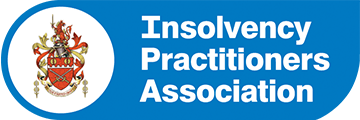Being discharged from sequestration represents a key moment and signifies the beginning of an improved financial situation.
The sequestration process may appear to be relatively short when compared with other official debt relief procedures, with it lasting just 12 months, but it doesn’t necessarily mean your obligations towards your debts end at this time.
If you have significant assets or a large amount of disposable monthly income, your Trustee may request that you make an ongoing contribution towards your debt even after this 12 month period is up.
Your Trustee remains in office until they have realised your assets, completed all administration relating to your case, and ensured that creditors have recouped as much of their debt as possible.
How long does sequestration last in Scotland?
Bankruptcy in Scotland generally lasts for 12 months, after which time, if you’ve met all the terms and conditions you’ll be officially discharged. A special form of sequestration, called the Minimal Asset Process (MAP), also exists for those with a low income and few assets, and its term is usually six months.
When you’re discharged from sequestration in Scotland you may have further financial obligations to meet, however, although this will depend on your individual financial circumstances. You may be required to make ongoing payments to creditors, but even if not, you’re still likely to face continued limitations on obtaining credit and other forms of borrowing after discharge.






